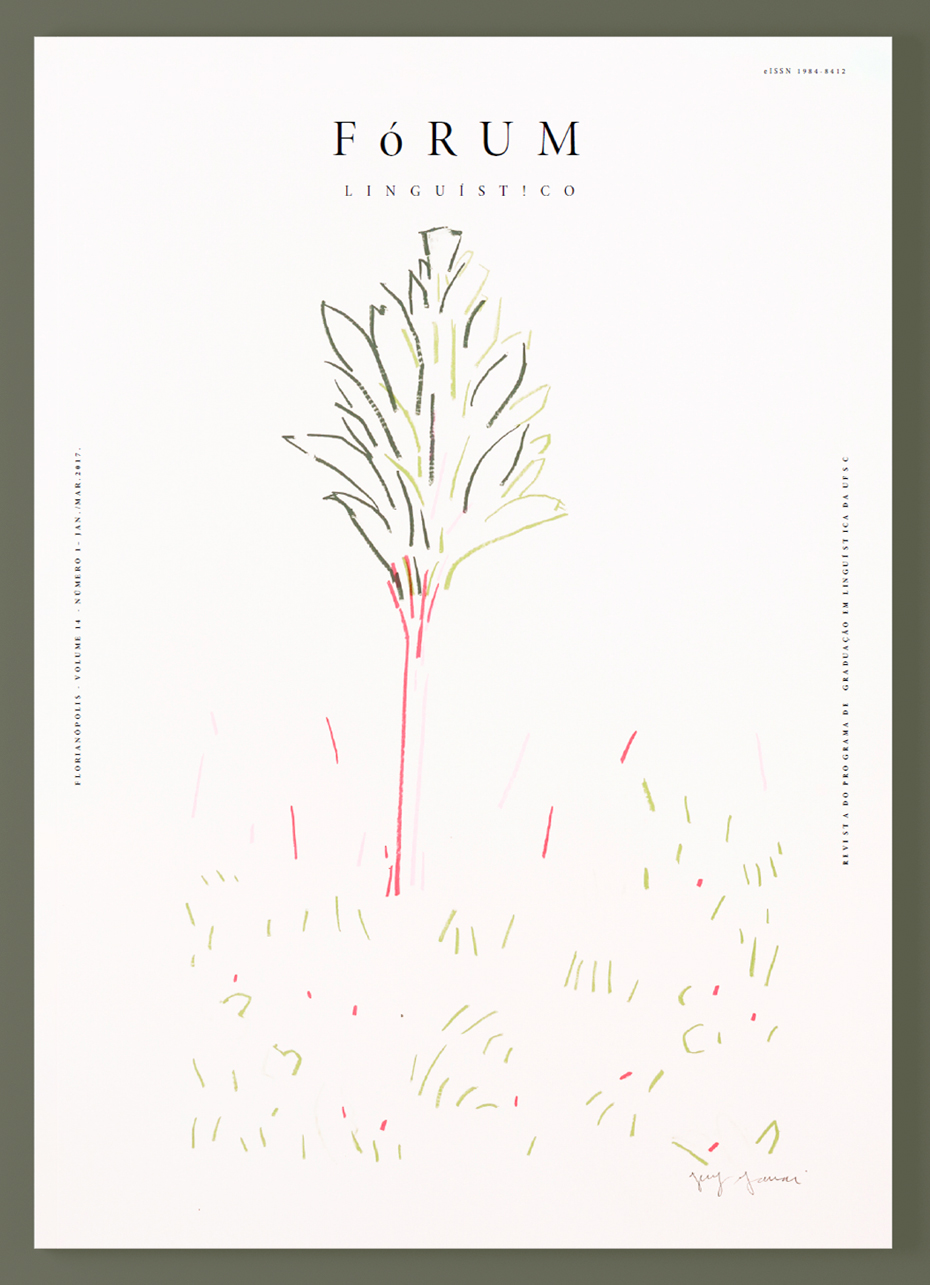The typological diversity in the neoclassical compounds agro-X
DOI:
https://doi.org/10.5007/1984-8412.2017v14n1p1779Abstract
http://dx.doi.org/10.5007/1984-8412.2017v14n1p1779
This paper investigates the structural and semantic relations of constructions which present the “agro-” formative called neoclassical compounds such as agronomia, agromoda and agrocombustível. The objective is to identify characteristics that can establish links between constructions which, at first, show appear as disparate, depending on the various meanings that the same radical can assume (agro- can mean campo in agrologia, produtos agrícolas in agroexportação and ciências agrárias in agroveterinária). However, these compounds exhibit a degree of relational similarity that influence the categorization of these constructions. The examined data have been selected by Higino da Silva (2016). The theoretical framework that guides the analysis is the continuum composition-derivation as proposed by Bauer (2005), Kastovsky (2009), Gonçalves (2011b) and Gonçalves and Andrade (2012). Whereas a structural associations network among these formations according to Bybee (2010), a general scheme have been formulated to neoclassicals compounds agro-X.



